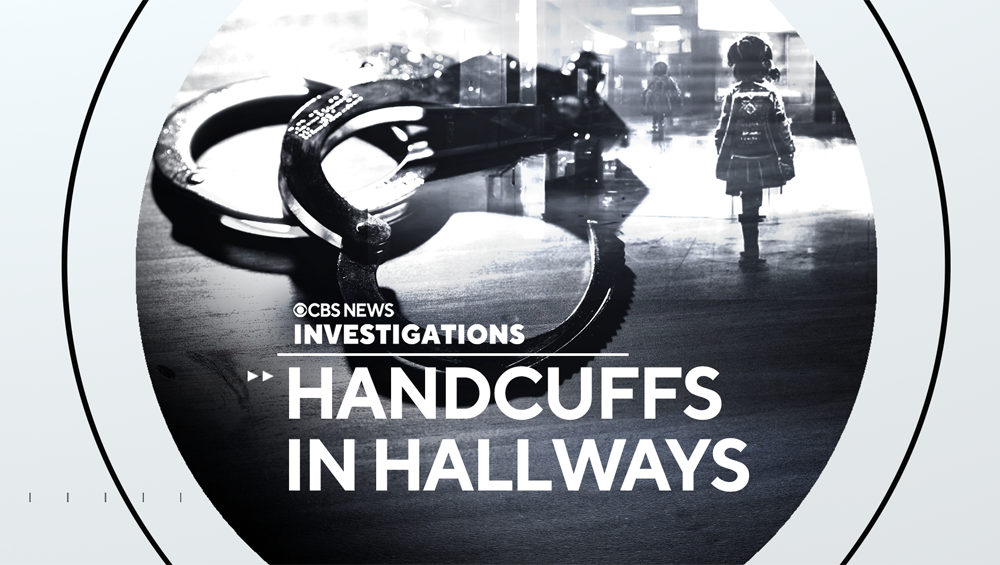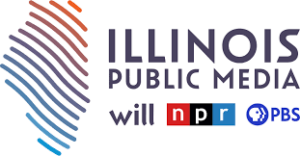
For CBS Local News Lab, Data Is A Collaborative Tool

A growing trend among station groups has been to launch news R&D labs, the aim being to bring fresh thinking to TV news’ shopworn reporting conventions. The CBS Local News Innovation Lab, housed at the network’s O&O in Fort Worth, Tex. — KTVT — has been laboring to that end largely off camera since its launch in January.
Viewers will get a chance to see CBS’s take on reporting innovation today when Handcuffs in Hallways, the lab’s second project since launch, debuts across the group. The project is a data-driven investigation into numerous reports of elementary-age schoolchildren being arrested at school for relatively minor disciplinary actions. Black children and children with disabilities have been disproportionately impacted by these arrests, CBS’s reporting found.
“It starts with the innovation lab doing the initial research, finding the data, providing the data to our 14 markets, saying here is what we found on this issue, now you go do your own digging and find the story locally,” says Chad Cross, VP of content development at CBS News and Stations.
The project kicks off with a six-minute feature from CBS Stations’ investigative correspondent Stephen Stock revealing the states with the most elementary school arrests. It follows with individual reports from each of CBS’s 14 stations offering localized reports identifying specific schools where kids have been arrested and the disparities among racial and ability lines.
Cross says projects like this have a rhythm of two to three months from inception to digging up initial data, conferring with local reporters at the stations and seeing the pieces through to completion. Handcuffs in Hallways will also have a digital iteration linking the national story with all of the local pieces.
While the project was realized on the basis of data reporting, Cross says that an equally important component is focusing on solutions to the issue.
“This is a tough topic and honestly it is hard to watch these body cam videos of police officers arresting kids that are as young as seven years old, face down on the floor being handcuffed,” he says. Given that, he says it was important to highlight states like Georgia, which has changed the objectives and training for its school resource officers to focus on nurturing students and moving them towards graduation rather than a more punitive approach.
“We were really proud to find that solution and show … how effective this is as something that others might want to consider in other places,” Cross says.
Not every project out of the lab will be collaborative across the entire group, but Cross says he intends to leverage the stations’ reporting resources often.
“We are doing projects that really no one else can do by creating that kind of synergy in collaboration,” he says. “Part of it is the lab facilitating some of the research and development on the story, providing the data especially and even helping give some guidance to the stations if they are running into challenges or roadblocks. We help give them a little coaching along the way if they are having a tough time with the story.”
Cross adds that viewers will begin to see the lab’s work manifesting in other, more granular elements of this project and others to come.
“We have defined ourselves with what we call our storytelling signature, and it is a work in progress,” he says.
“I think that a year from now our stories will even look differently than they do today, but the bottom line is we want our viewers to notice there is something different about the authenticity of how we are telling the stories,” Cross says. “You will see that in the camera shots, in the reporter interviews with their subjects. There’s a lot of different ways that we are really paying attention to the tone and style to make sure that it feels like we are just really talking to you and not doing the traditional newscast sort of voice that viewers are so accustomed to.”

































Comments (0)